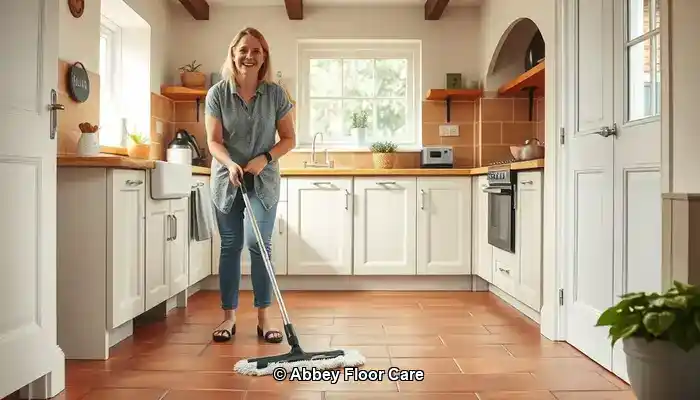
Last Updated on September 29, 2025 by David
Essential Techniques for Maintaining Pristine Terracotta Floors
-
- Understanding the High Porosity of Terracotta highlights how its structure allows for rapid absorption of dirt, particularly in humid regions like Surrey.
- Applying Effective Sealing Methods is critical to safeguard the tile from moisture and dirt penetration.
- Maintain a Regular Cleaning Routine—frequent sweeping and mopping using pH-neutral cleaners are essential for preserving the tiles' aesthetic appeal.
- Avoid Harsh Chemicals and Steam Mops, as these can damage the surface sealant and ruin the tile's finish.
- <a href=”https://www.abbeyfloorcare.co.uk/home-garden/can-you-recommend-the-safest-products-for-cleaning-sandstone/”>Choose Eco-Friendly Cleaning Products</a>, especially in homes with pets or young children who may be sensitive to chemicals.
- Utilise Rugs and Mats Strategically in areas with high foot traffic to minimise dirt being tracked onto the tiles.
- Implement Effective Moisture Control—ensure adequate ventilation and quickly manage spills to prevent staining and mould growth.
What Contributes to Rapid Dirtying of Terracotta Floors?
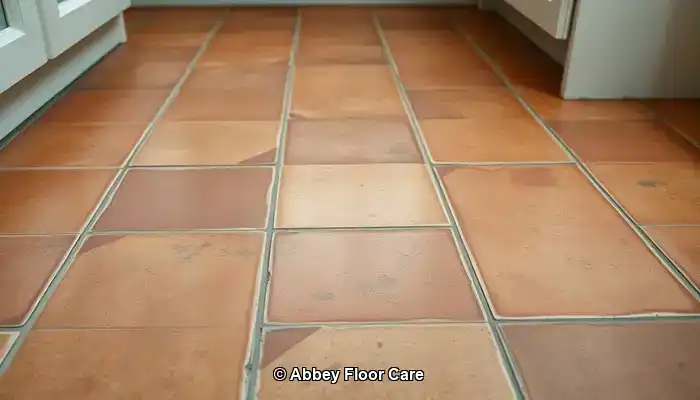
Terracotta tiles offer an exquisite aesthetic for flooring, particularly in homes that embrace traditional or rustic designs, common in Surrey. Their warm tones and natural textures bring significant character to any living space. However, despite their visual appeal, terracotta tiles are notorious for becoming dirty at an alarming rate. Gaining insight into the reasons behind this swift dirt accumulation is vital for formulating effective maintenance strategies that will keep your floors immaculate.
Pro Tip: Recommended Products for Daily Terracotta Care
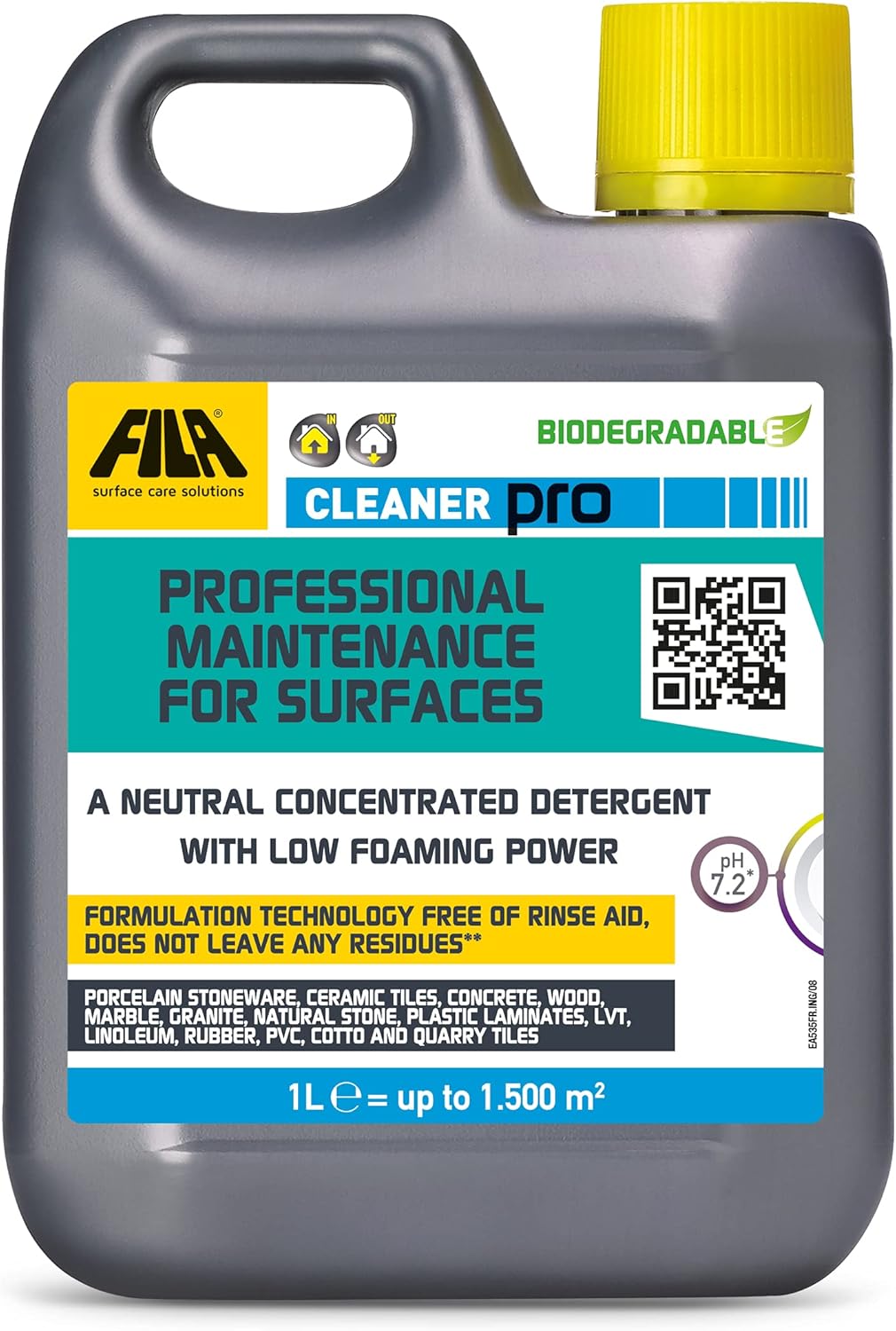
Fila Pro Floor Cleaner
|
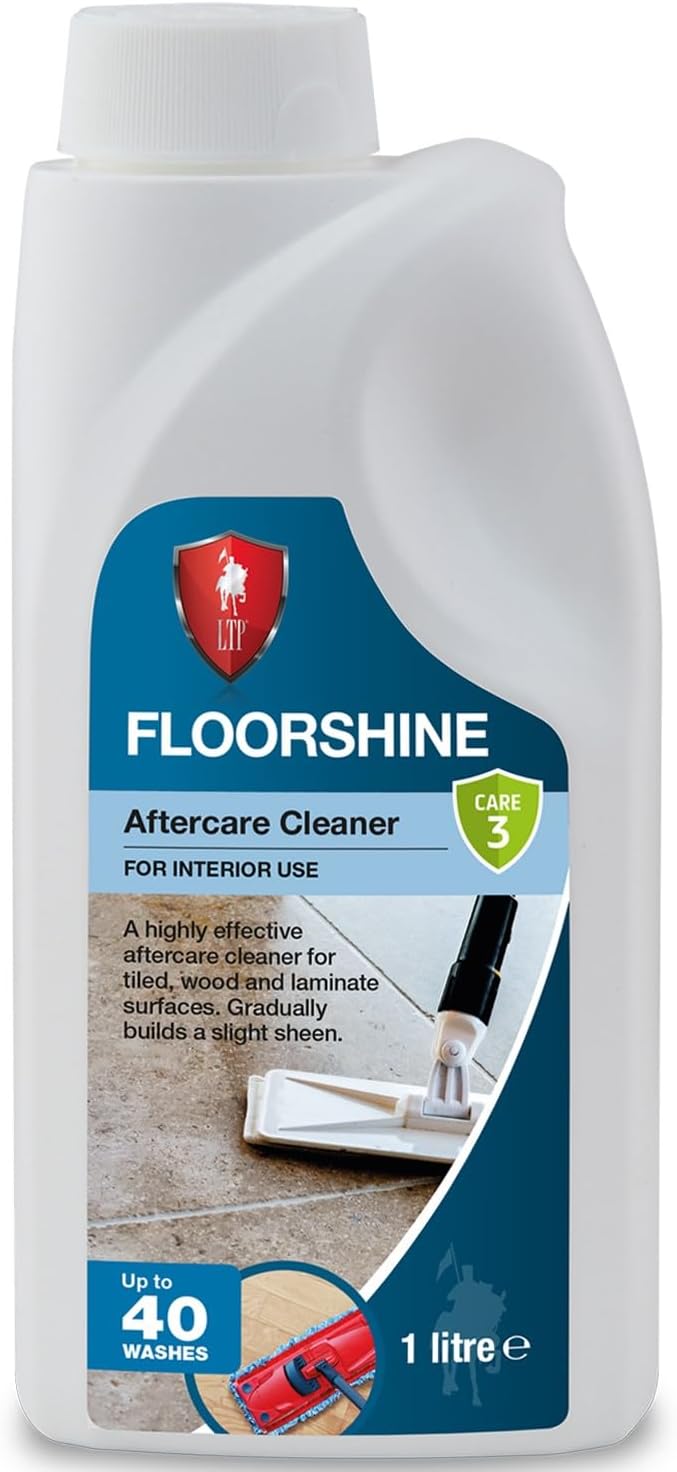
LTP Floorshine
|
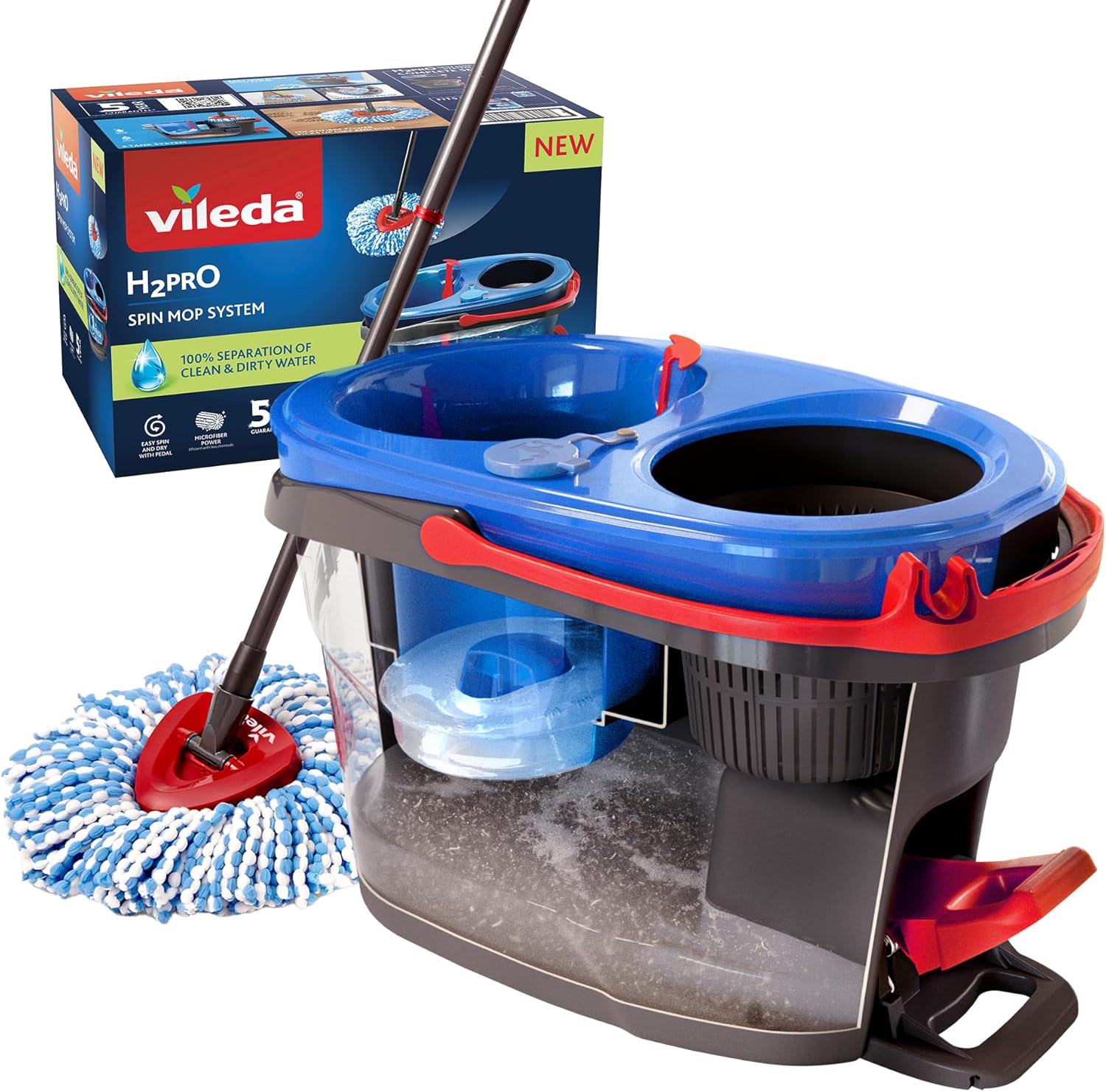
Vileda H2PrO Spin Mop System
|
Exploring Porosity and Its Influence on Dirt Accumulation
Terracotta is crafted from natural clay and is fired at relatively low temperatures compared to other tile varieties. This unique production method results in a tile that is exceptionally porous, enabling it to absorb moisture, oils, and dirt similarly to a sponge. This inherent porosity allows grime to embed deeply within the tile, making removal increasingly challenging with standard cleaning practices.
Unsealed terracotta is particularly vulnerable to dirt accumulation. Without a protective layer, even minor spills or muddy footprints can result in lasting marks. Over time, the absence of sealing can lead to a dull and stained appearance that is tough to rectify without engaging professional cleaning services.
How Does the Climate of Surrey Affect Dirt Buildup on Terracotta Flooring?
The climate in Surrey greatly influences the speed at which terracotta floors accumulate dirt. This region frequently experiences rainfall and damp conditions, leading to additional moisture being tracked indoors, particularly in entryways and conservatories, which can exacerbate the situation.
Homes situated near woodlands or gardens are at an increased risk of dirt accumulation. Soil, pollen, and organic debris can easily transfer onto terracotta surfaces, particularly when shoes are not removed at the entrance. This environmental factor contributes significantly to the overall cleanliness of your flooring.
Which Daily Habits Lead to Increased Dirt Accumulation?
In addition to environmental factors, certain daily habits can exacerbate the dirt accumulation problem. Using inappropriate cleaning products—such as acidic solutions or bleach—can strip away protective coatings and damage the tile’s surface. Although steam mops may appear convenient, they often force moisture deep into the tile, worsening the situation.
Areas with high foot traffic, like kitchens and hallways, are naturally more susceptible to wear and dirt accumulation. Without a consistent routine of sweeping and mopping, dirt can build up rapidly, embedding itself within the texture of the tile and making it increasingly difficult to clean.
Proactive Approaches to Ensure Cleaner Terracotta Floors
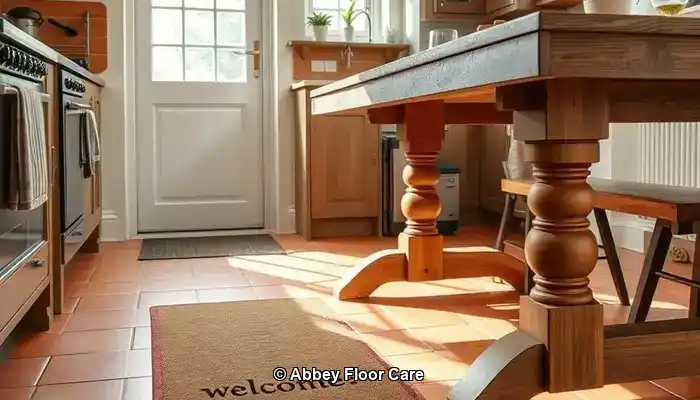
Maintaining clean terracotta floors requires a proactive mindset, focusing on preventing dirt from settling in from the outset. In homes throughout Surrey, where damp weather and garden traffic are common, adopting preventative care is crucial for preserving the natural beauty of terracotta tiles.
Why Is Sealing Your Terracotta Crucial for Stain Prevention?
The most effective way to prevent terracotta from becoming dirty quickly is ensuring it is properly sealed. A high-quality, breathable sealant creates a protective barrier that repels moisture, oils, and dirt. In Surrey, where humidity levels fluctuate significantly, sealing is vital to prevent water absorption that can lead to staining and mould growth.
Experts typically recommend resealing terracotta every 12 to 18 months, depending on foot traffic levels and moisture exposure. In high-usage areas such as kitchens, hallways, and conservatories, more frequent resealing may be necessary. Always choose a sealant specifically designed for porous stone and avoid glossy finishes, which can trap dirt on the surface and diminish the aesthetic appeal.
Making Intelligent Design Choices: The Impact of Rugs and Mats
Strategically positioned rugs and mats can significantly decrease the amount of dirt that reaches your terracotta tiles. Implement heavy-duty doormats at entrances to capture mud and moisture before they enter your home. In high-traffic areas, such as hallways or beneath dining tables, area rugs serve as protective barriers that shield the tiles from wear and tear.
For rooms with direct outdoor access, consider washable runners that can be regularly cleaned. These not only protect the tiles but also enhance the warmth and visual appeal of your space, creating a cohesive and inviting atmosphere.
Implementing Effective Moisture Management Strategies in Surrey Homes
The climate in Surrey, characterised by frequent rainfall and damp conditions, can accelerate dirt accumulation on terracotta. To combat this, utilise dehumidifiers in closed areas and ensure proper ventilation throughout your home. Promptly clean up spills and avoid leaving wet items, such as shoes or towels, on the floor.
If your terracotta is installed in a conservatory or garden room, consider adding blinds or UV filters to reduce condensation and prevent sun damage. These minor adjustments can greatly enhance the longevity and appearance of your tiles over time, contributing to a healthier indoor environment.
By integrating sealing, thoughtful design choices, and moisture management, homeowners in Surrey can significantly decelerate the rate at which terracotta floors accumulate dirt. In the following section, we will explore the best cleaning practices to maintain that fresh, natural look every day.
Unveiling the Most Effective Cleaning Techniques for Terracotta Tiles
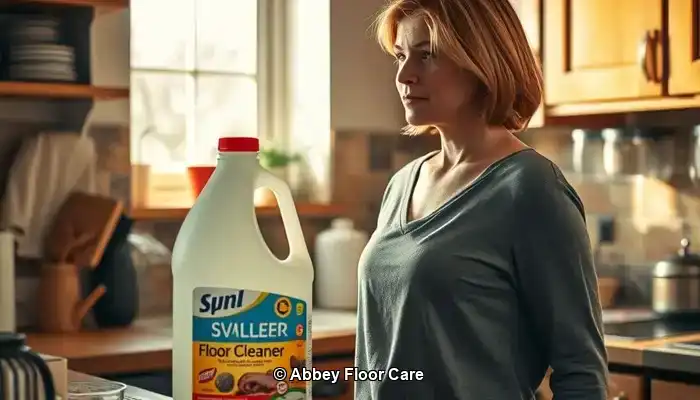
Even with proper sealing and proactive measures, terracotta floors necessitate regular care to maintain their natural beauty. The key lies in employing the right techniques and products that effectively clean without damaging the tile's porous structure.
Establishing a Daily and Weekly Cleaning Schedule
In homes across Surrey, where outdoor elements frequently enter indoors, daily sweeping or vacuuming is crucial. Use a soft-bristle broom or a vacuum cleaner equipped with a hard floor setting to eliminate dust, grit, and organic debris before it settles into the tile.
For weekly cleaning, utilise a mop with warm water and a pH-neutral cleaner specifically formulated for natural stone surfaces. Be cautious to avoid soaking the floor—damp mopping is the preferred approach. Excess water can seep into the tile and lead to staining or mould growth, particularly in older or inadequately sealed installations.
How to Select the Best Cleaning Products for Terracotta Tiles
Choosing the appropriate cleaning products is essential for achieving gentle yet effective cleaning. Look for labels that indicate “stone-safe,” “non-acidic,” or “pH-neutral.” In Surrey, where eco-friendly living is on the rise, many homeowners favour biodegradable cleaners that are safe for both pets and children.
Avoid multi-surface cleaners that contain bleach, ammonia, or citrus extracts, as these can strip sealants and etch the terracotta, increasing its susceptibility to future staining.
For persistent stains, utilise a soft cloth and a diluted stone cleaner solution. Refrain from scrubbing with abrasive pads or wire brushes, as these can scratch the surface and make the tile harder to clean over time, diminishing its natural beauty.
What Cleaning Products Should I Avoid? Harsh Chemicals and Steam Cleaning
While steam mops may seem convenient, they are unsuitable for terracotta. The high heat and moisture can penetrate the tile and compromise the sealant, leading to long-term damage. Similarly, avoid acidic cleaners such as vinegar or lemon juice—even in diluted forms—as they can erode the surface of the tile and cause discolouration.
Stick to gentle cleaning methods and always test new products on a small, inconspicuous area before applying them to the entire floor to ensure compatibility with your terracotta.
Weighing Professional Care Against DIY Terracotta Maintenance
When it comes to the upkeep of terracotta floors, many homeowners in Surrey initially opt for DIY methods. While regular sweeping and mopping can be beneficial, there comes a time when professional care becomes not only advantageous but essential.
When Is It Time to Contact a Surrey-Based Tile Specialist?
If your terracotta tiles exhibit signs of significant staining, uneven colour, or surface wear, it may be time to seek expert assistance. Professional tile care specialists in Surrey utilise advanced equipment and stone-safe products that penetrate deeper than typical household cleaners. They can assess whether your sealant has degraded and recommend an appropriate resealing schedule tailored to your home’s unique conditions.
Restoration services typically include deep cleaning, stain removal, and reapplication of breathable sealants that protect without altering the natural appearance of the tile. For older homes or heritage properties, specialists may even replicate the original finish to preserve authenticity and character.
Assessing Cost versus Longevity: Is Professional Care Worth the Investment?
While DIY cleaning may appear more cost-effective, it often leads to temporary solutions. Without proper sealing and thorough cleaning, dirt will continue to accumulate—necessitating more frequent maintenance and increasing the risk of permanent damage.
Professional care, conversely, can extend the lifespan of your terracotta floors significantly. A single restoration session can refresh colour, remove embedded grime, and protect the surface for months or even years. In high-traffic areas such as kitchens or hallways, this investment can yield substantial returns in terms of reduced maintenance and enhanced visual appeal.
Surrey homeowners who value long-term property preservation and aesthetic quality often discover that expert services provide peace of mind and superior results. Moreover, many local providers now offer eco-friendly options and customised maintenance plans that suit diverse lifestyles.
Exploring Eco-Friendly and Safe Cleaning Alternatives for Terracotta
The natural charm of terracotta flooring warrants a maintenance approach that is equally eco-conscious. Homeowners in Surrey striving to keep their floors clean without compromising health or sustainability will find that eco-friendly cleaning solutions are undoubtedly the best path forward. Fortunately, modern products and techniques enable you to protect your tiles—and your home—without resorting to harsh chemicals.
Utilising Non-Toxic Sealants and Cleaners
Traditional sealants often contain solvents that release volatile organic compounds (VOCs), which can linger in the air and negatively impact indoor air quality. Today's eco-friendly alternatives feature water-based formulas that are low in VOCs and safe for environments with children and pets.
When selecting a cleaner, look for labels that indicate “biodegradable,” “plant-based,” or “stone-safe.” These products are formulated to lift dirt without harming the porous structure of terracotta. Brands specialising in natural stone care frequently offer concentrated solutions that can be diluted for regular use, thereby minimising waste and packaging.
Guaranteeing Safe Cleaning Options for Pets and Children
For busy households in Surrey, safety is as important as cleanliness. Avoid bleach, ammonia, and acidic cleaners such as vinegar, which can not only damage the tile but also pose risks to pets and young children. Instead, opt for gentle formulations made from coconut oil derivatives, citrus enzymes, or mineral-based ingredients.
For those who prefer DIY cleaning solutions, a simple mixture of warm water and a few drops of castile soap can be surprisingly effective for light cleaning tasks. Always remember to test any homemade solution on a small area first to ensure it does not harm the sealant or finish of your tiles.
Embracing Sustainable Cleaning Practices to Protect the Environment
Eco-friendly maintenance extends beyond product selection; it also involves adopting sustainable habits. Utilise reusable microfiber cloths and mops instead of disposable pads. Regular sweeping reduces the necessity for frequent wet cleaning. When resealing, choose products with recyclable packaging and minimal environmental impact.
Many floor care professionals in Surrey now provide green cleaning packages that employ certified non-toxic products and sustainable methods. If you are unsure where to begin, consider scheduling a consultation with a local expert to establish a routine that is both effective and eco-conscious.
Key Tips for Preserving Your Terracotta Floors in Optimal Condition
Terracotta flooring adds warmth, character, and enduring charm to homes in Surrey, but its porous nature demands thoughtful maintenance to ensure it remains clean and vibrant. By understanding why terracotta becomes dirty quickly, sealing it appropriately, and implementing effective cleaning methods, you can significantly minimise grime build-up and prolong the life of your tiles.
Whether managing a bustling family environment or restoring a historic estate, consistency is key. Regular sweeping, employing pH-neutral cleaning solutions, and resealing every season are essential components in maintaining a flawless appearance. Should stains or wear start to appear, do not hesitate to reach out to a local specialist for professional restoration services.
Utilising eco-friendly products and safe cleaning practices guarantees your floors retain their beauty while protecting your health and the environment. With the right strategies in place, terracotta can continue to be a stunning feature in your home for many years to come.
Ready to safeguard your floors effectively? <a href="https://www.abbeyfloorcare.co.uk/home-garden/porcelain-tile-repair-near-me-east-calder/">Contact us today</a> for expert terracotta maintenance tailored to the unique conditions of Surrey. Together, we can ensure your home looks its best—naturally.
Commonly Asked Questions About Caring for Terracotta Floors
Terracotta floors are timeless, yet they have specific care requirements. Below are answers to the most frequently asked questions from homeowners in Surrey who seek to maintain their tiles in a clean, protected, and visually appealing state.
How Often Should I Reseal My Terracotta Tiles?
In most Surrey residences, terracotta should be resealed every 12 to 18 months. However, this can vary based on foot traffic, moisture exposure, and whether the tiles are located indoors or outdoors. Areas such as kitchens, hallways, and conservatories may require resealing more frequently. If your tiles start absorbing water or appear dull, it is time for resealing.
Can I Use Vinegar or Bleach to Clean Terracotta Tiles?
No—using vinegar, bleach, or other acidic or harsh cleaners can damage terracotta. These substances degrade sealants and etch the surface of the tile, leading to irreversible discolouration. Always choose pH-neutral, stone-safe cleaners specifically formulated for porous flooring.
What is the Best Mop for Cleaning Terracotta Floors?
A microfiber mop is an ideal choice for terracotta floors. It effectively traps dust and dirt without scratching the surface, while using minimal water, which is crucial for porous tiles like terracotta. Avoid sponge mops or steam mops, as they can oversaturate the tile and weaken the sealant.
Is it Safe to Use DIY Cleaning Solutions on Terracotta?
Yes, but exercise caution. A mild mixture of warm water and castile soap can work well for light cleaning. Always test any homemade solution on a small, hidden area first to ensure it does not affect the sealant or finish. Avoid any acidic or abrasive substances, and never apply homemade cleaners to unsealed tiles.
What Should I Do if My Terracotta Tiles Are Already Stained?
If stains have penetrated the tiles, professional restoration is the most reliable option. Tile care specialists based in Surrey can perform deep cleaning, eliminate embedded grime, and reseal the surface to restore the original colour and texture of the tile. DIY methods may worsen the damage if inappropriate products are used.
The Article Tired of Dirty Terracotta? How to Keep It Clean Longer first found on https://www.abbeyfloorcare.co.uk
The Article Keep Terracotta Clean Longer: Tips for Maintenance appeared first on https://fabritec.org
The Article Terracotta Maintenance Tips for Longer Cleanliness Was Found On https://limitsofstrategy.com





No responses yet